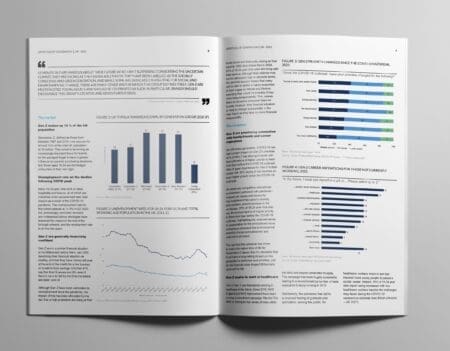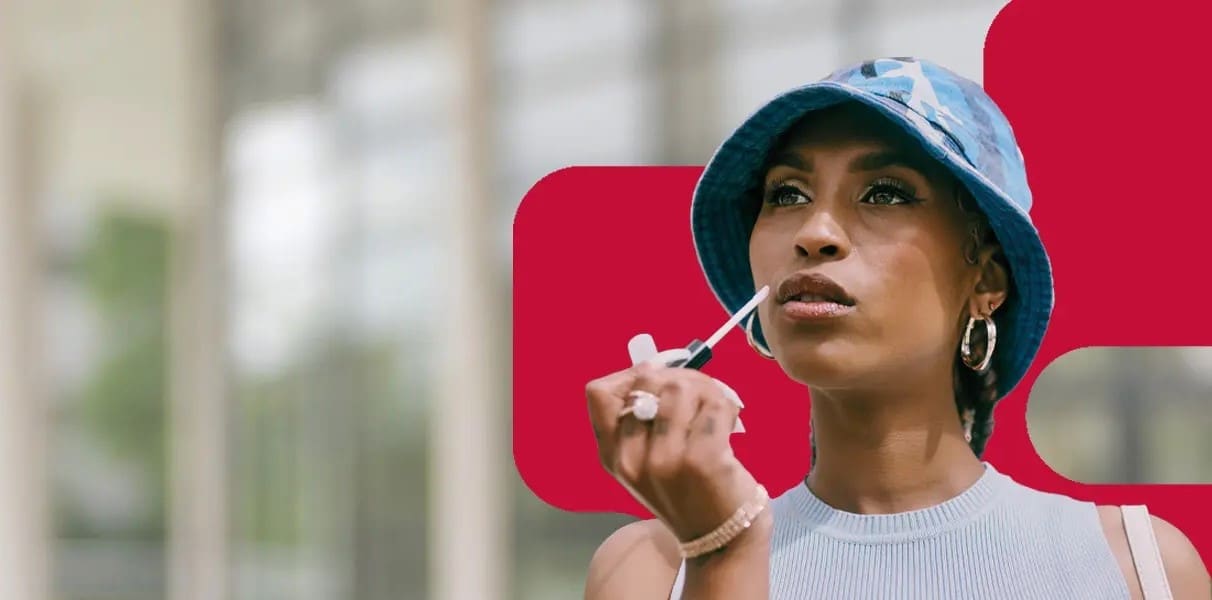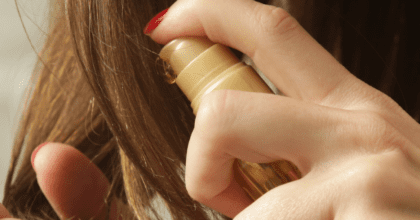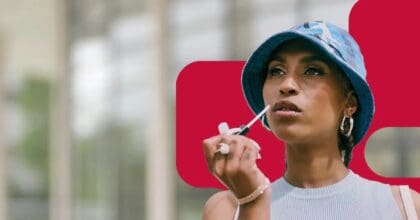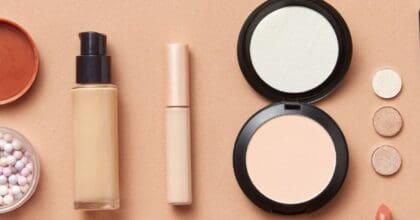Black haircare regimens boost shampoo sales in the US
While the natural hair movement has driven sales of styling products in the Black haircare market in recent years, today, consumers are getting back to the basics. New research from Mintel reveals that shampoo sales among Black consumers are expected to grow 7.3 percent to reach an estimated $473 million in 2017, the largest percent growth seen in the category in the last five years*. What’s more, between 2015-17, Black consumer expenditure of shampoo increased 13 percent—the most growth seen among all haircare segments in that time period—to capture estimated 19 percent share of the market.
Following suit, conditioner sales hold an estimated 19 percent of the market in 2017 and are expected to grow 3.5 percent this year to reach an estimated $491 million. Meanwhile, styling product sales (30 percent market share) remain stagnant with a meager 0.4 percent growth in 2017.
52% of Black women say they use 3-4 haircare products
With half (50 percent) of Black consumers washing their hair once a week or a few times a month, “wash day,” or time set aside to complete basic maintenance, is routine for many. In fact, Black consumers spend an average of 63.1 minutes on basic hair maintenance on “wash day,” compared to just 21.2 minutes if and when they style their hair on an average day. What’s more, while Black consumers overall are more likely (49 percent) to use just 1-2 products when washing and styling their hair, Black women, regardless of hairstyle, seem to have a product-focused regimen as more than half (52 percent) say they use 3-4 haircare products.
“Shampoo is no longer a basic product used merely for cleansing, but rather the foundation for establishing healthy hair, all the way through styling. We predict shampoo sales to increase, signaling that the creation of regimen product lines, particularly those with formulations for specific hair care issues and goals, will continue to resonate among Black consumers,” said Toya Mitchell, Multicultural Analyst at Mintel. “On the other hand, conditioner use, especially among Black consumers with natural hair, is multifunctional, serving as a conditioning rinse as well as a styling product. However, while shampoo and conditioner set the foundation, styling products create the look, which for many consumers drives purchase of regimen-focused products.”
With natural hair becoming the new normal, relaxer sales continue to fall. In fact, sales of relaxers in the Black haircare market have plummeted 36.6 percent between 2012-17 to reach $525 million. What’s more, nearly four in five (79 percent) consumers have worn a natural hairstyle in the past year** compared to just over one quarter (28 percent) who say they have worn their hair in a relaxed style, including 36 percent of women. However, while Black women may be parting ways with relaxers, they still enjoy wearing their hair straight. In fact, more than one third (36 percent) of Black women wear their hair in a straight style by applying heat to their natural hair.
“Wearing relaxer-free, natural hair is the norm for most Black consumers, especially among young, trendy consumers who are adopting a variety of styles appropriate for work and play. Interest in chemical-free hair, a desire for healthy hair and new methods of achieving straight hairstyles are rendering relaxers unnecessary for many consumers,” added Mitchell. “As Black consumers abandon relaxers, products that help them achieve a desired look without the time commitment or skill will be of greater value.”
41% of consumers prefer to use brands for Black hair
Maintaining healthy hair is a priority: two in five (40 percent) Black consumers say they avoid unhealthy haircare products and three in 10 (29 percent) avoid unhealthy hair styling techniques. Haircare product performance is paramount for Black consumers as 43 percent agree they prefer to use products that will perform as expected. Many also prefer to use brands that are created for their specific styling needs as 41 percent prefer to use brands for Black hair, especially among those who wear their hair natural with heat (54 percent) and without (51 percent).
When it comes to inspiration for specific hairstyles, Black consumers overall are most likely to say friends and family (57 percent) are their greatest hair influence. However, it seems that women are more likely to look to advertising, while men trust the opinions of others. Over half (52 percent) of women are influenced by editorials they read in Black consumer-targeted magazines, compared to 38 percent of men. What’s more, one third (33 percent) of women look to brand websites, compared to just 25 percent of men. Meanwhile, Black men are more likely to look to celebrity hairstylists they follow (18 percent vs 11 percent women).
“Black consumers are abandoning products that contain certain chemicals, resulting in many gravitating toward haircare products and brands formulated specifically for Black hair. These brands address consumers’ maintenance needs by hair texture and styling choice. As Black consumers, particularly women, transition from using relaxers to going chemical free and wearing natural hair, companies should cater to their hair texture, challenges and goals, as well as offer solutions that help keep hair healthy and styled as desired. More extensive education on what ingredients are and are not hair-healthy could offer great value to consumers on the hunt for product nirvana,” continued Mitchell.
As regimen-focused product lines and styling products are enjoying the spotlight, while relaxers are put back on the shelf, Mintel estimates that consumer expenditure on Black haircare in 2017 will total $2.54 billion, falling just 0.4 percent from the prior year.
“Black consumers wearing their hair naturally is no longer an emerging trend, rather the way forward. While the total haircare market among Black consumers is flat, regimen-focused product lines are growing in relevance and most importantly sales, driving double-digit growth. As Black-consumer-targeted brands push a regimen-focused message to increase sales among new and loyal users, they may encroach upon mainstream brands that are using marketing strategies and tactics to show Black consumers that their needs, and dollars, are valued,” concluded Mitchell.
*In the last five years since 2012. Mintel began tracking shampoo as a standalone category in 2012.
**Worn in the last 12 months leading to May 2017.
Press copies of Mintel’s Black Haircare US 2017 report and interviews with Toya Mitchell, Multicultural Analyst, are available on request from the press office.
For the latest in consumer and industry news, top trends and market perspectives, stay tuned to Mintel News featuring commentary from Mintel’s team of global category analysts.
-
Mintel StoreGet smart fast with our exclusive market research reports, delivering the latest data, innovation, trends and strategic recommendations....View reports
-
Mintel LeapMintel Leap is a revolutionary new AI-powered platform that will transform your research process....Book a demo












